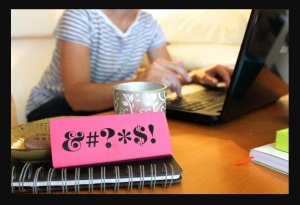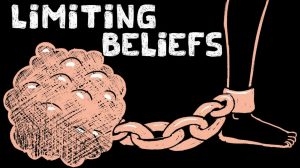In this article, I will try to teach you to neutralize the emotions you may feel during the usual operation. Imagine, for example, that suddenly fear induces you to reverse an operation leading to a pullback, or have greedy thoughts that lead you to assume too much risk while operating; well, there are ways to neutralize sensations and thoughts, in such a way that these do not eliminate the best from you as a trader. So they can’t get the best of you. But you must always keep in mind that there are many occasions to respect fear and use it to be cautious, and there are others to push past it.
First, we must use a trigger-type strategy (trigger) which works when greed makes us risk more than we should. It’s basically a self-regulation strategy to alter the state of mind. The trigger-type strategy is so-called because it sets a positive action that counteracts a negative emotion. When you use a trigger, you are actually using an association between body and mind to get out of one state and into another.
Suppose you’re afraid to open an operation. You want to get over it. To do this we can create a trigger that reminds you of a thought that neutralizes the fear you feel when you press the send key or when you pick up the phone to give an order. The trigger may be to look at an object in the room, hear a sound, or touch something. Sight and touch are often the best triggers for many people, as they are the most powerful primary sensory channels.
For example, the windows in my office overlook a landscaped area with trees. When I look out the window and stop looking at the monitor, I associate this image with peace and quiet. The market goes up and down but the garden is always still, static before news or market turns. The garden helps me to stay stable, making me less susceptible to the emotions that can come into action in the face of the movements that occur on the screen.
In this case, we would have two triggers: the visual stimulus of looking at the garden and the slight movement of my chair to see it. The visual and kinesthetic triggers (the physical movement of my body and turning my head to the left) take me away from any fear or anxiety, something calm, stable, and balancing. My change of orientation towards the garden barely allows me to remember what is happening in the market.
The point is that a trigger becomes strongly associated with a specific mind shift, and the trigger invocation triggers the desired change. While the trigger does not induce me to get up periodically and go out into the garden, remaining totally absent from the market or anything else, it allows me to have a moment of visual refreshment and mint. In general, it is easier to trigger with a real-world stimulus, but it is not necessary. You can use a mental image as a trigger.
The trigger can be as simple as attaching your thumb to your index finger, which can trigger the internal search for a relaxing image that immediately neutralizes any thought of fear or greed. Choose a trigger that is simple for you and associate it with an image that neutralizes those thoughts. As time passes and you do it more and more times, you should notice that the association between your trigger and thought or mental image becomes stronger and stronger.
Some mental images that are effective in neutralizing negative thoughts are, for example, scenes of quiet places you have visited (a coast, mountains, a valley). Any relaxing image will do the job, but experience different images, because the stronger your attachment to the image, the more effective it will be.
The reason why triggers work is that you are building a mind-body connection between your trigger and thought or image. It is very true that it is always possible to move from a negative to a positive attitude without a trigger, using this tool the change occurs in a faster and more intense way.
For those who wish to expand on the use of the mind-body connection applied to the neutralization of negative thoughts and emotions, there are quite a few books on the subject, all of them authors enrolled in the therapeutic school known as neuro-linguistic programming. These techniques have been applied since the mid-1970s in psychotherapy, marketing, communication, education, sports, and trading.





